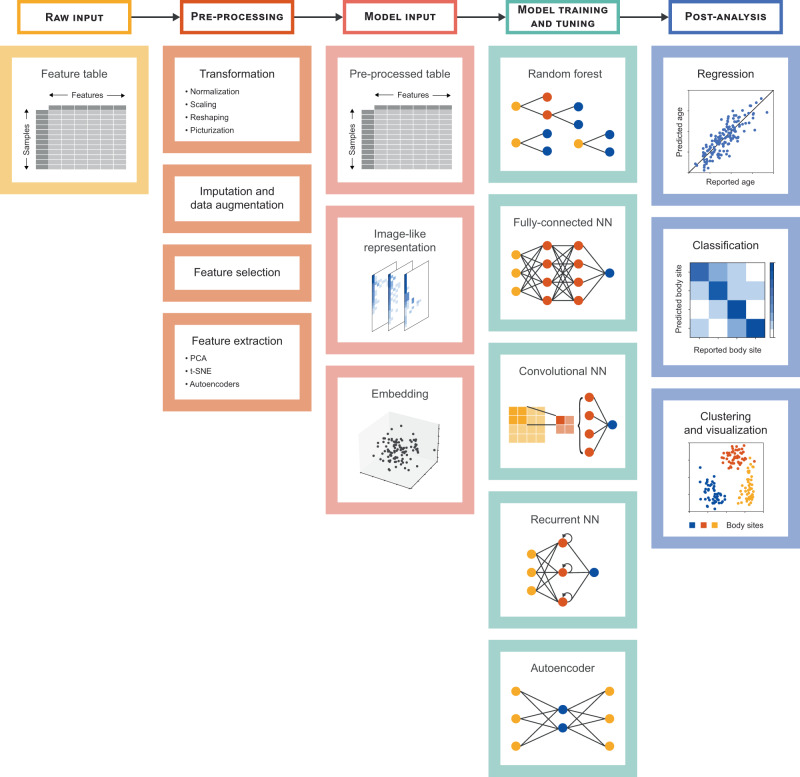Fig. 2. Key steps of ML-assisted microbiome analysis.
Generally, analysis begins with a feature table describing the functional or taxonomic profile of a microbiome. As part of the pre-processing step, this table can be transformed, imputed, or augmented, among other processes. The outcome of pre-processing can be tabular data or a set of image-like representations or embeddings per sample. The next step entails training and tuning ML or DL models, such as random forests, fully-connected neural networks, convolutional neural networks, recurrent neural networks, and autoencoders. Finally, the results help to elucidate the link between the microbiome composition and a continuously- (regression) or discretely-described (classification, clustering, and visualization) phenotype.

